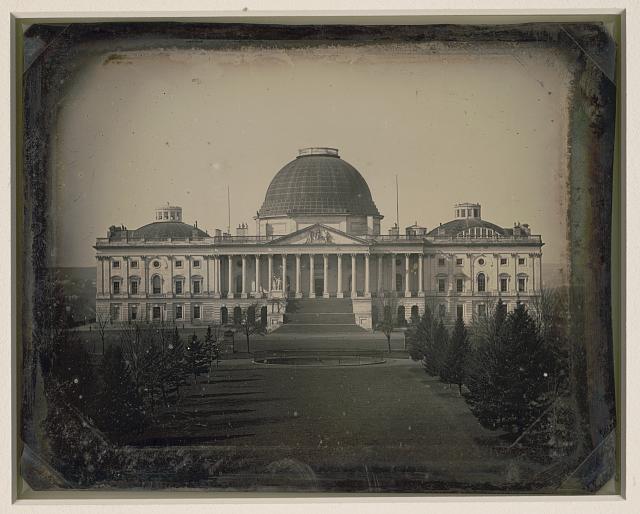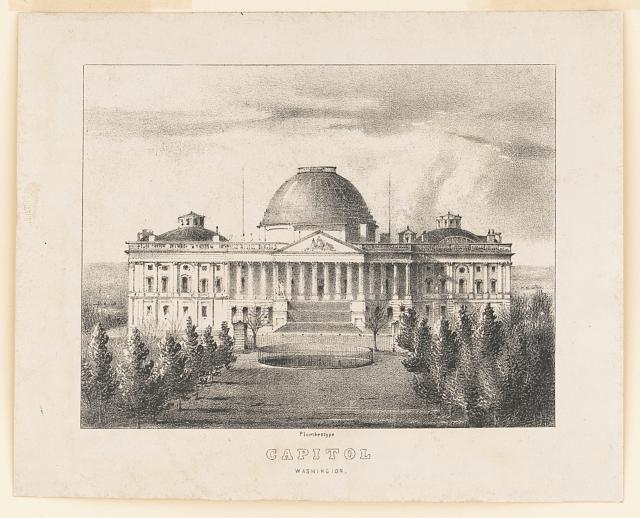Encyclopedia Dubuque
"Encyclopedia Dubuque is the online authority for all things Dubuque, written by the people who know the city best.”
Marshall Cohen—researcher and producer, CNN
Affiliated with the Local History Network of the State Historical Society of Iowa, and the Iowa Museum Association.
PLUMBEOTYPE
PLUMBEOTYPE. In 1841, John PLUMBE, Jr. took up daguerreotypy, and quickly franchised his galleries, opening 25 studios nationwide in just four years. He became one of the largest suppliers of apparatus and materials. He employed a staff at each location with a resident daguerreotypist, who actually took the daguerreotype and placed Plumbe's stamp on it, therefore Plumbe did not take many himself. Plumbe traveled extensively to his studios managing efforts. (1)
Plumbe developed a mechanical hand engraving coping process that produced lithographic images from daguerreotypes. He called the method "plumbeotypes." He was planning on copying his photographs and making reproductions of them. One of the earliest surviving photographs of the Capitol, John Plumbe, Jr.'s daguerreotype shows the building with its old copper-sheathed wooden dome. Plumbe hoped to sell "plumbeotypes" of several Washington buildings, as well as likenesses of prominent individuals. His endeavor was not successful. Very few plumbeotypes have survived. (2)
---
Source:
1. "John Plumbe, Jr." Historic Camera. Online: http://www.historiccamera.com/cgi-bin/librarium2/pm.cgi?action=app_display&app=datasheet&app_id=147
2. "Mirror Images: Daguerreotypes at the Library of Congress," Library of Congress. Online: http://www.loc.gov/pictures/collection/dag/mirror.html
Because the process was never patented, it is unknown to photographers or historians today.



